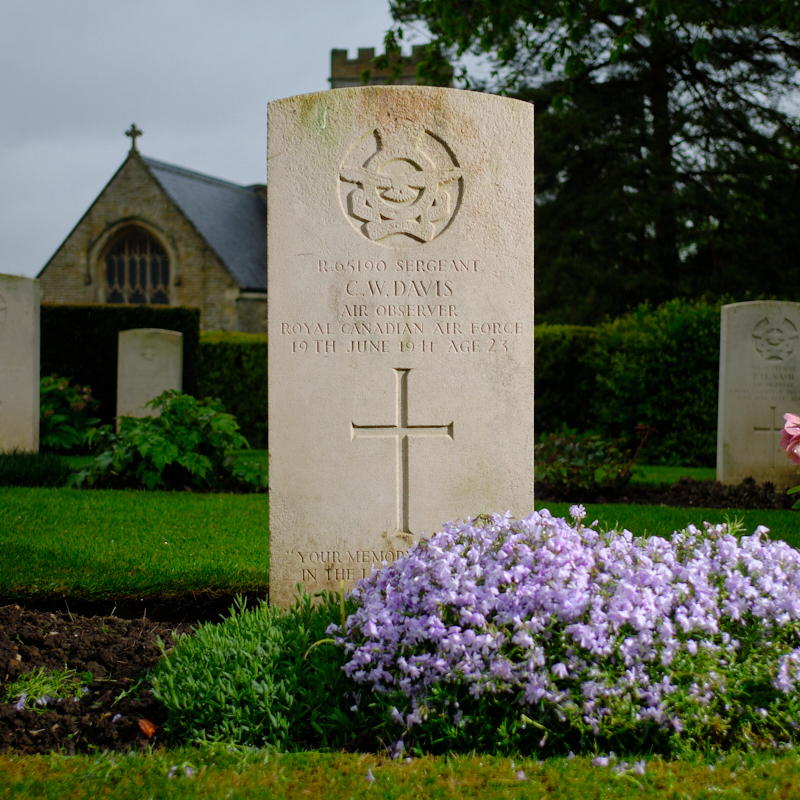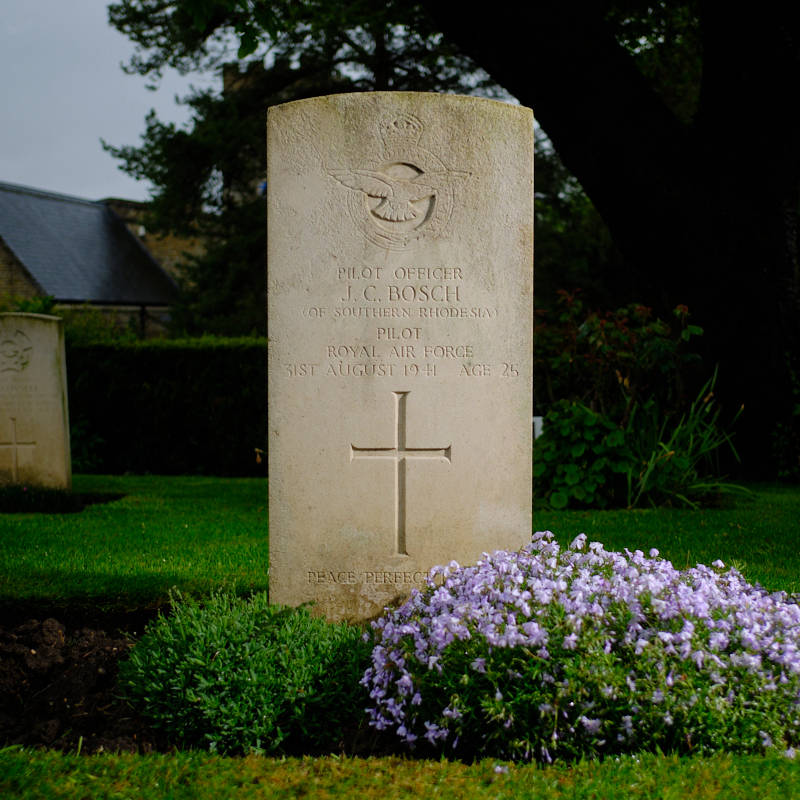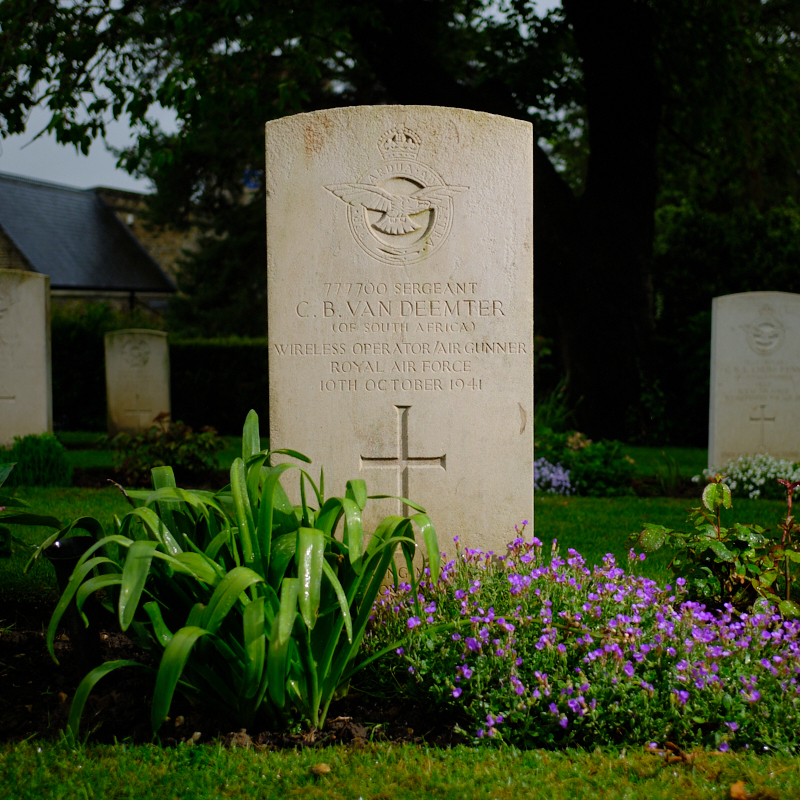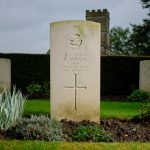Commemorate /kəˈmɛməreɪt/ verb – to recall and show respect for (someone or something). “A wreath-laying ceremony was held to commemorate the war dead”
VE Day (8th May 1945)
This year, 2020, is the 75th Anniversary of VE (Victory in Europe) Day. The war would continue for some time in Asia and the Pacific, but for many Britons and their allies, this was the beginning of the end of the sacrifices that they had made for six years. In London, the news created a wave of euphoria, and iconic photographs give the impression that everyone was celebrating. Elsewhere, the mood was more constrained. Many had little to celebrate. Nevertheless, communities came together and street parties were quickly organised with rations being pooled, and bunting being made, however in the minds of all was the suffering so many had endured, and the personal loss felt by friends and neighbours. The celebration was as much a drowning of sorrows (the Government had been anticipating the German surrender and arranged for stocks of beer to be brought into the capital in secret) and an opportunity for parents to reassure their children that the suffering that had blighted their early years was now over.
The deadliest military conflict in history
In World War II, an estimated total of 70–85 million people died – 3% of the 1940 world population; of whom, 50-56 million were military personnel and 20-30 million were civilians. There were a further 19 to 28 million deaths from war-related disease and famine. Rationing would remain in place for almost a decade.
The challenge of the home-coming
Some 4.2 million service men and women were demobilised in Britain alone, and along with 30000 or so child evacuees, would ultimately return; many to shattered homes, broken families, and lost friends. In her book, Stranger In The House, Julie Summers paints an emotionally charged image of the many ways in which families would be challenged after as much as six years of separation.
There were millions of service personnel from other parts of the world who may not return home for two years, and 60 million people were refugees with no home to go to at all. While VE day marked a turning point, the suffering was far from over for many. Soon after the war, many parts of the world experienced massive political turmoil, economic hardship, social unrest, and significant changes in welfare, education, and the economy.
War graves
The cemetery in Upper Heyford contains 41 graves maintained by the Commonwealth War Graves Commission. This organisation oversees the resting places of 1.7 million Commonwealth military personnel, at 23000 locations in over 150 countries. The gravestones were made to a uniform pattern, and the layout of the cemeteries or parts of larger burial grounds were all designed with considerable thought, to preserve an atmosphere of respect and reflection. They are maintained impeccably.
The cemetery came into use about 1919 or 1920, when the churchyard opposite ceased to be used for burials. During the early part of the 1939-1945 War ground in the south-western corner was set aside for service war burials, and was used by the RAF Station at Upper Heyford. This is now the War Graves Plot.
The graves illustrate the role of the Commonwealth and the very young age of the volunteers signing up. Unusually, one grave appears to be a private memorial.
Unrelated, but an interesting insight into the impact these young men had…















































































